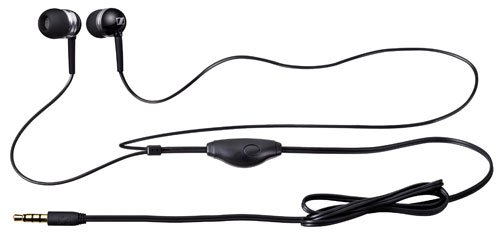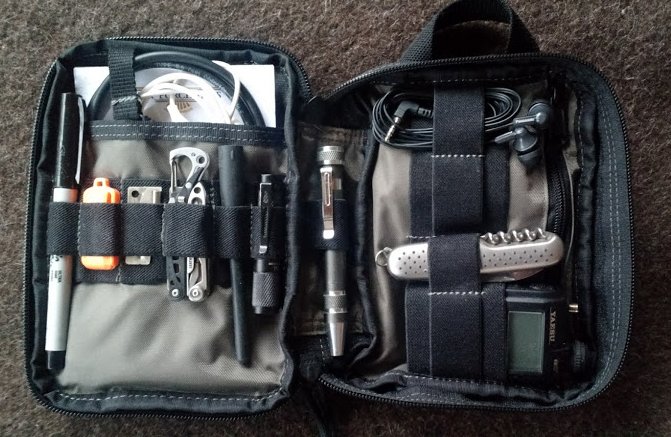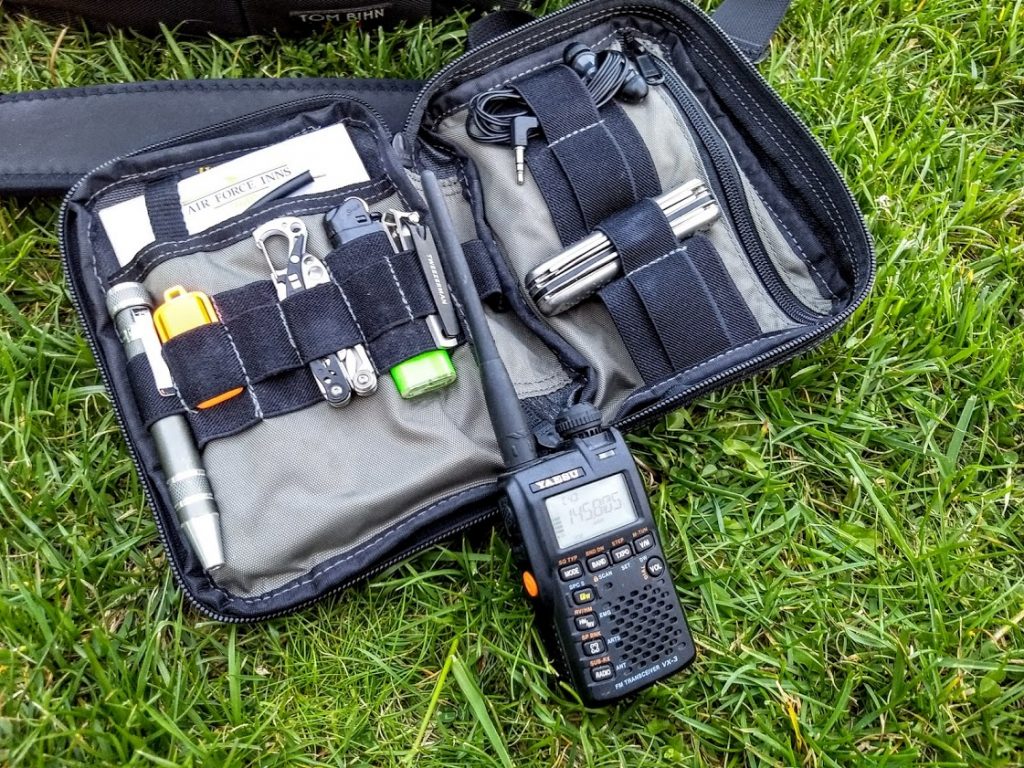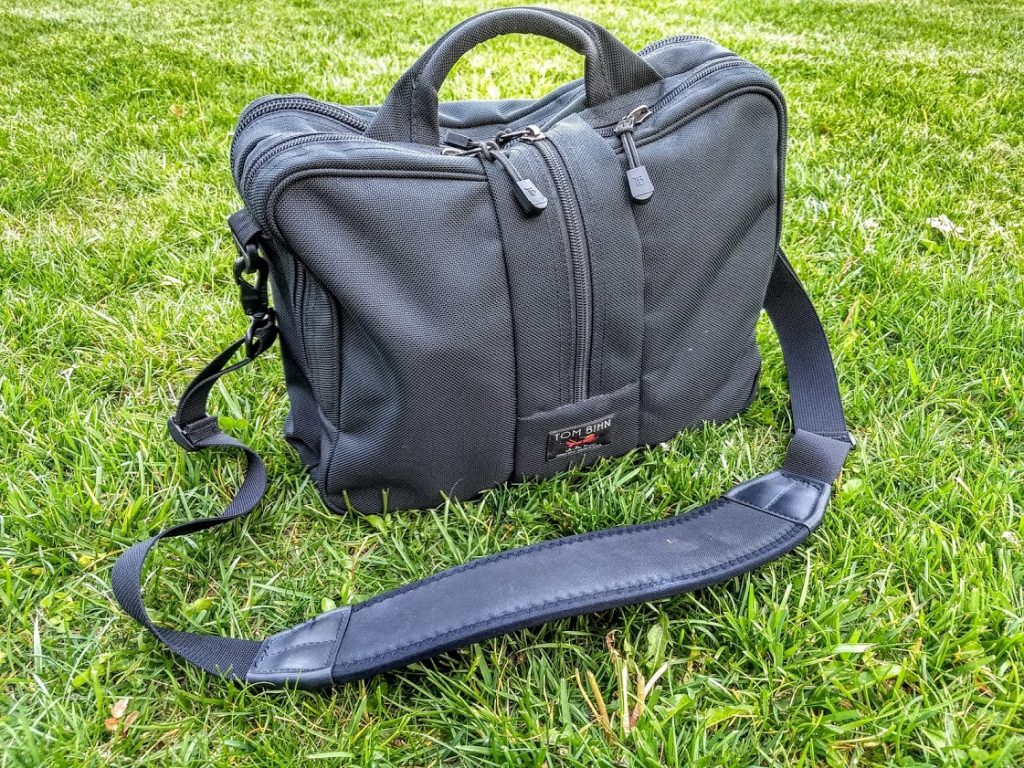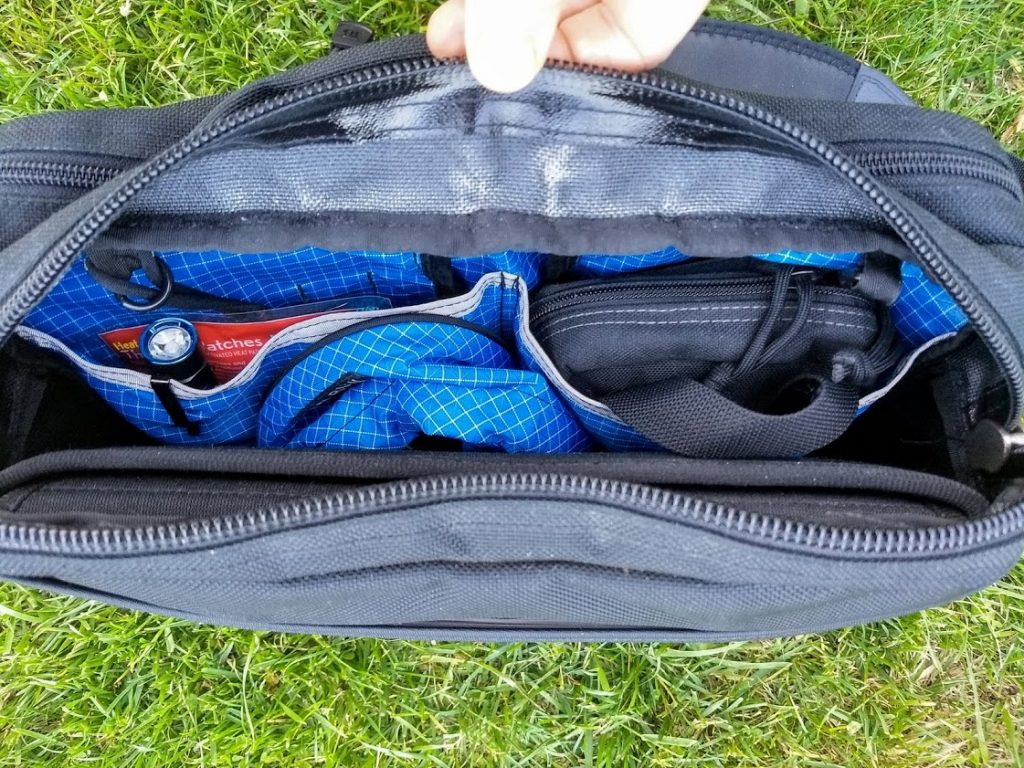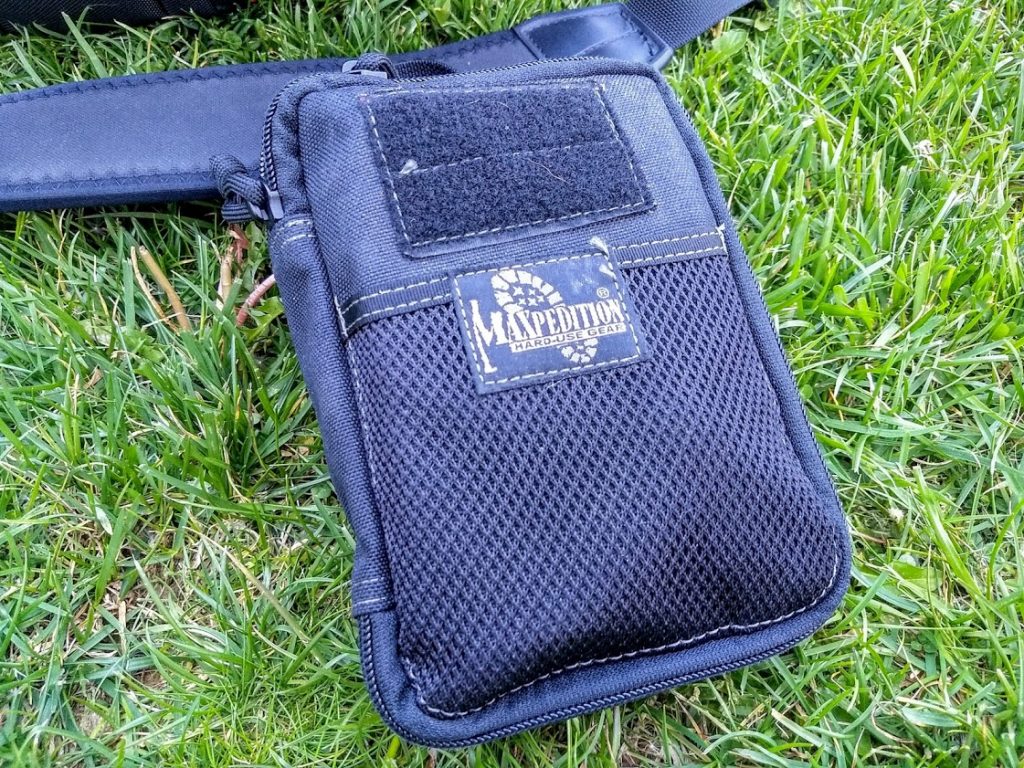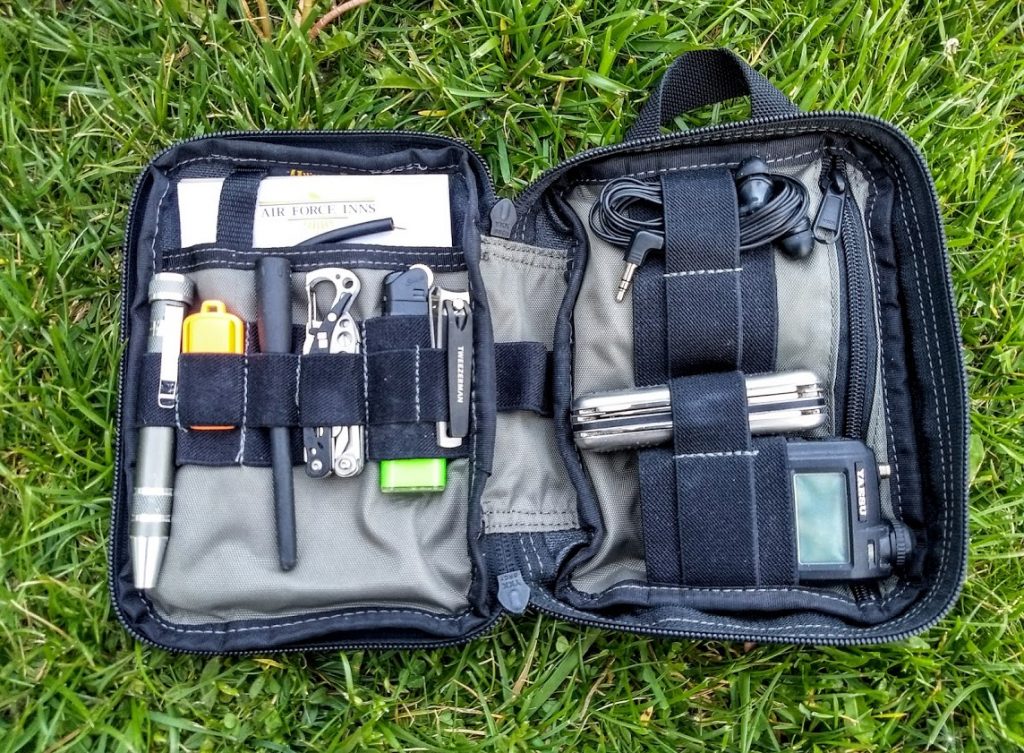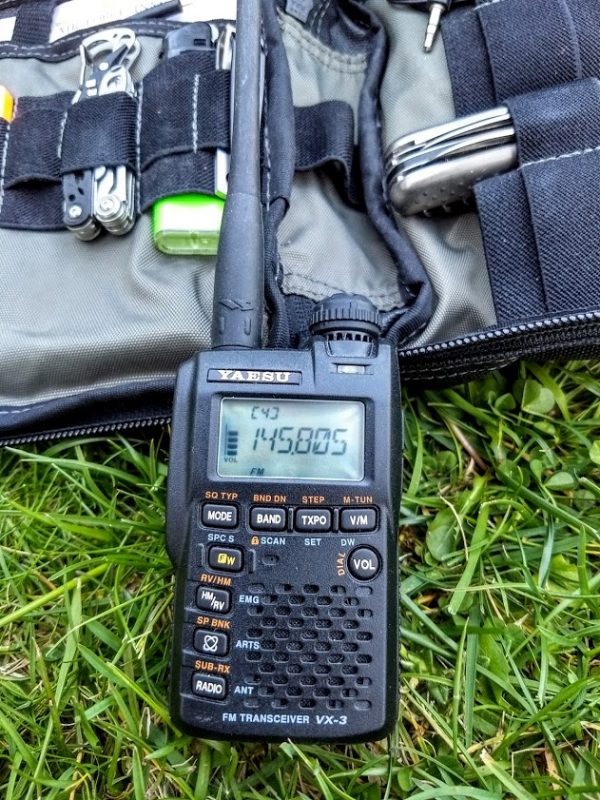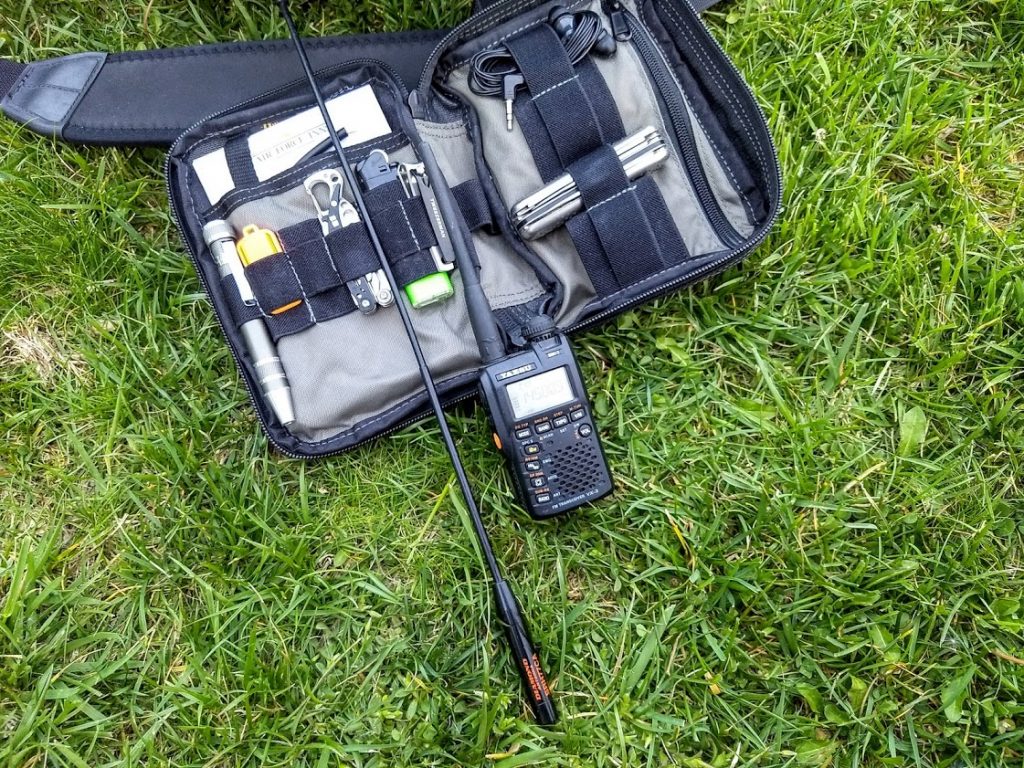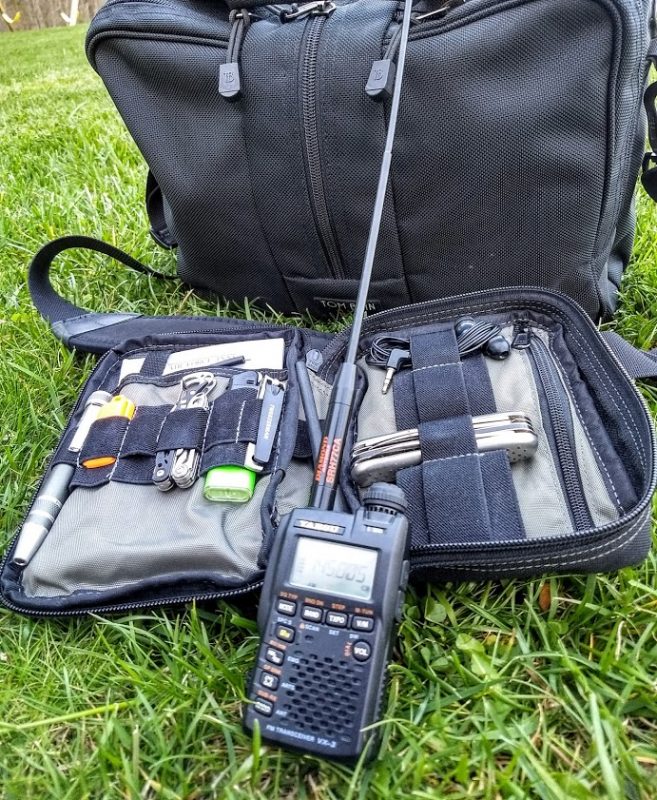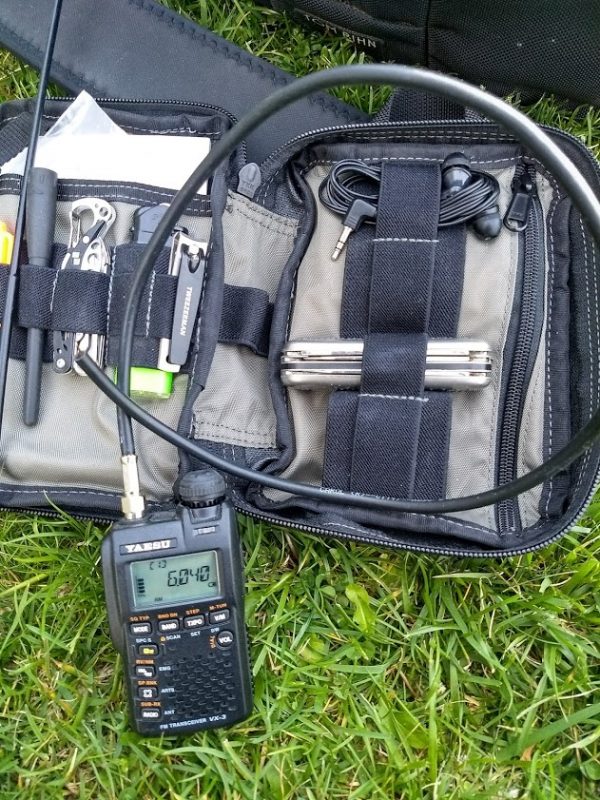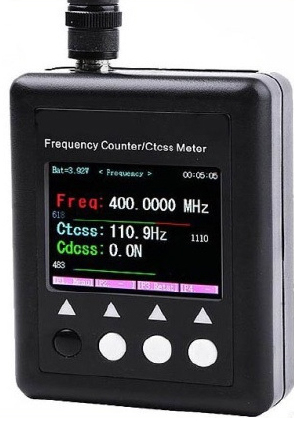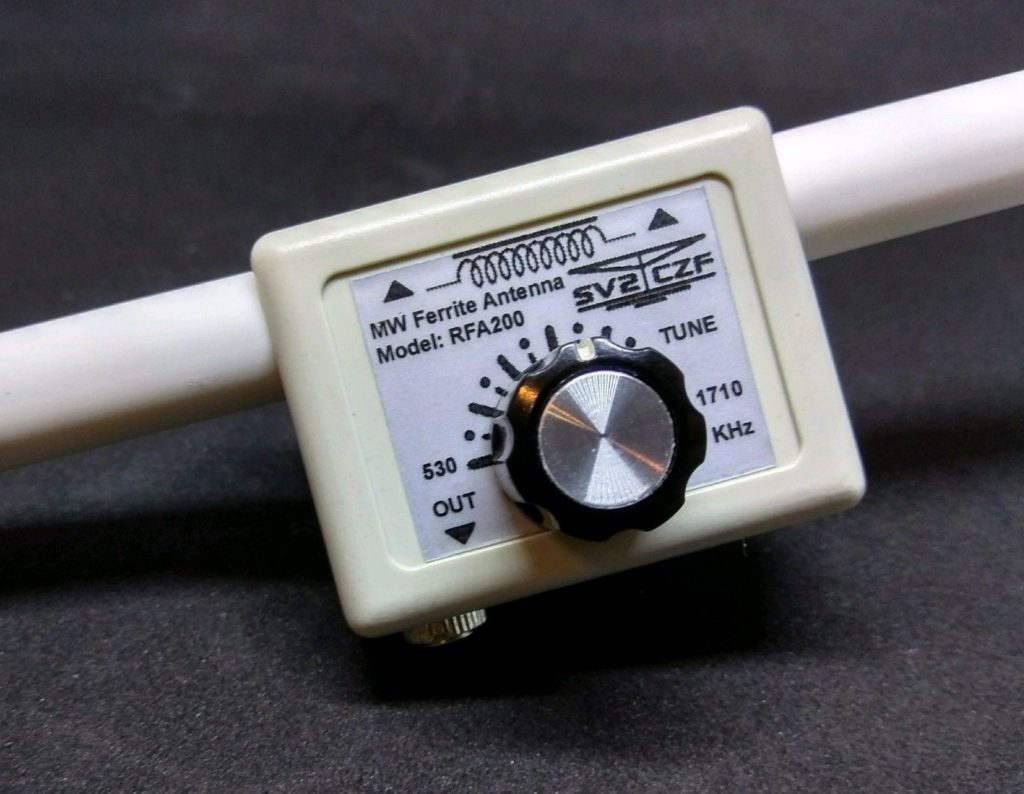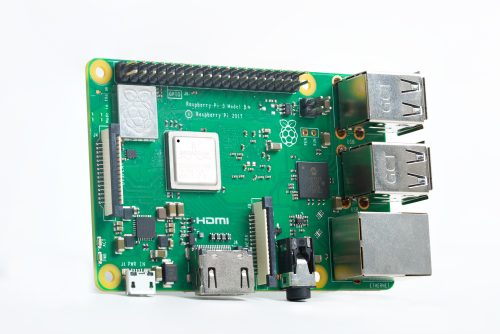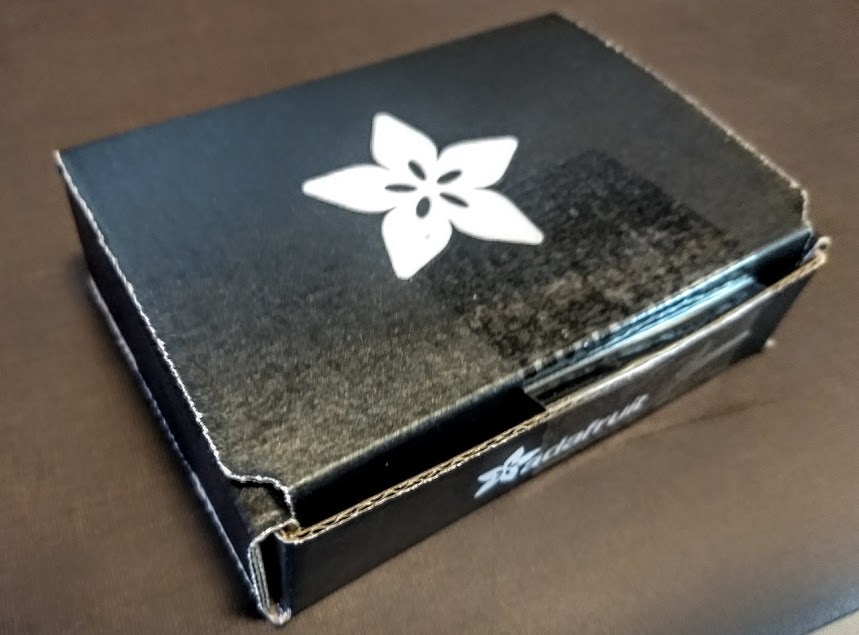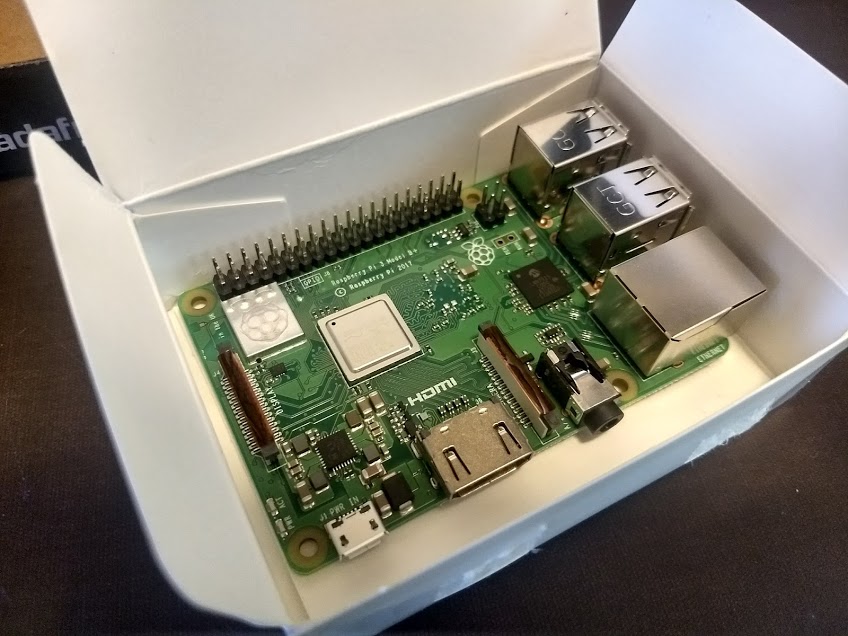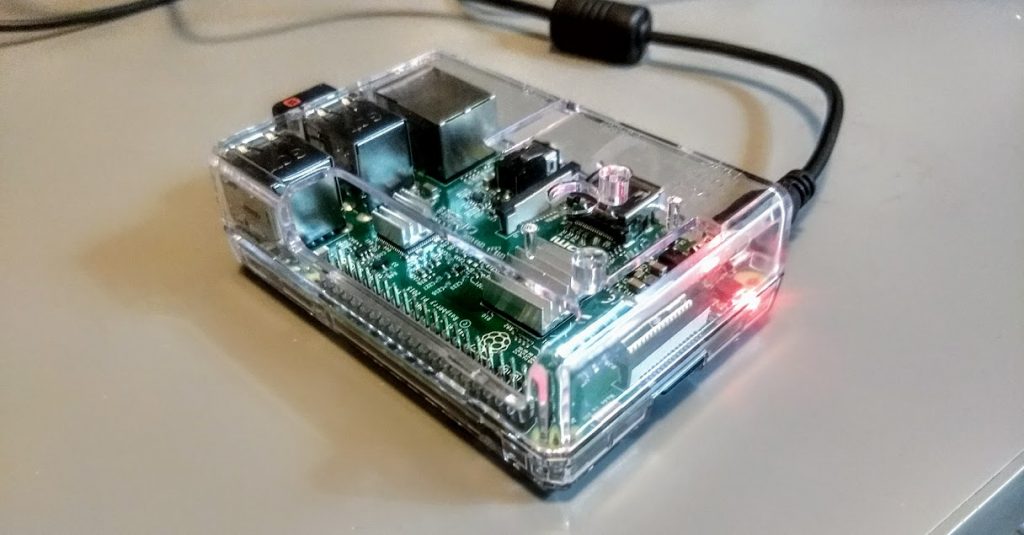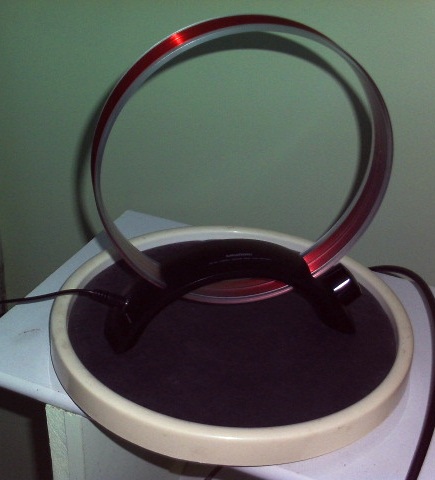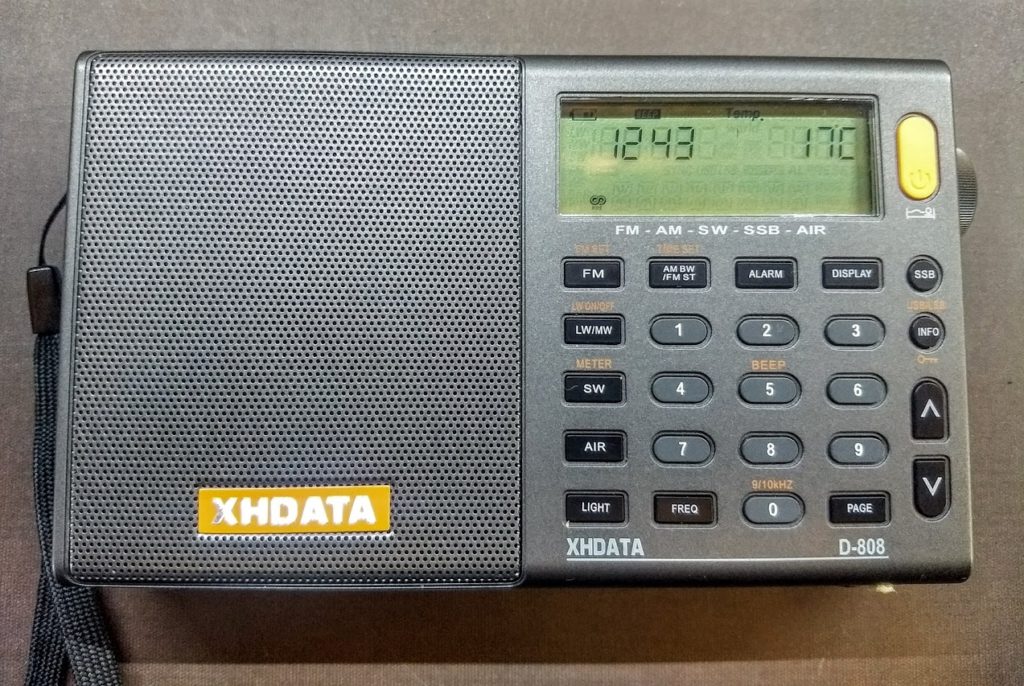Many thanks to SWLing Post contributor, TomL, who writes:
Just a quick note to allow SWLing blog readers to check out a nice pair of lightweight ear buds to use for listening for only $14.99.
I found these on Amazon from a Marketplace seller getting rid of discontinued stock. They are headsets for iPhone but seem to work just fine in any radio I plugged them into. The voice quality is very slightly on the bright side, which seems to help with hearing voice, especially if you have chosen a narrower bandwidth. There is good bass response, perhaps too much for shortwave listening but one can easily just unseat each ear bud from your ear canal slightly until the excess bass is gone.
Most bad ratings are of people too impatient to notice that the right ear cable is longer than the left for a very good reason. The right side drapes around the back of your neck to help hold the ear buds in place and you plug it into your ear from behind. This is by design and it works well without having to clip it to anything like a moving shirt collar! Great idea, wish other manufacturers would do the same.
They are comfortable to wear for long times. Just used them over the long weekend for a couple hours at a time and never noticed them. They use Sennheiser’s rubbery and removable ear cups that come is three sizes. I left the Mediums on but the Small and Large are in the package if you want to experiment.
I have also used them to listen to radio reviews on YouTube and hear great depth and separation in the video depending on what kind of video recorder the reviewer used and can really hear what the radio sounds like. Very nice.
Finally, in a pinch, you can use these on your smartphone as a backup headset. The mic input hangs right below the left of your jaw.
Get them while they still have stock. There are white and black versions but no choice allowed. I ordered two (I keep misplacing my CX-475 Sennheiser ear buds!!!) and they are both the black version, which is fine by me. Enjoy!
Click here to view on Amazon.com (affiliate link).
Thank you TomL! I just purchased a pair. I use in-ear headphones every day. I use them to listen to the radio, to podcasts, and as hearing protection when I’m operating my lawn mower, chain saw and trimmer. (When using them with equipment, though, I tuck the cord underneath my shirt so no wires hang out to get snagged).
I always have a pair in both my right pocket and in a pouch in my EDC bag. The ones in my EDC bag are Panasonic Ergofits and aren’t quite as good at sound isolation, but have decent audio and are very comfortable to wear while sleeping.
I’m looking forward to checking out the Sennheisers! Thanks for the tip!

